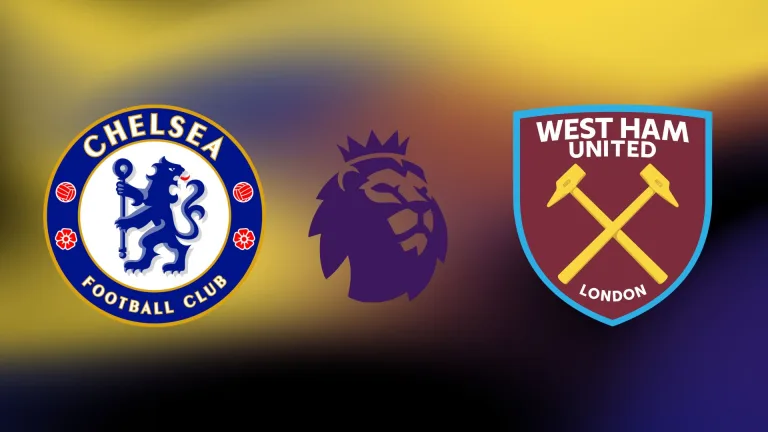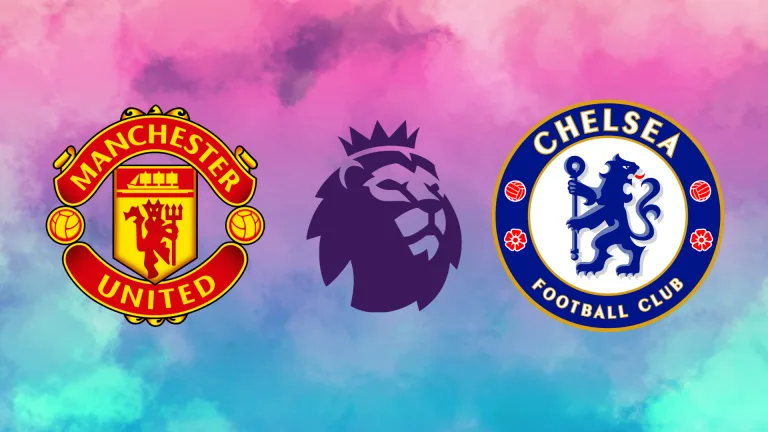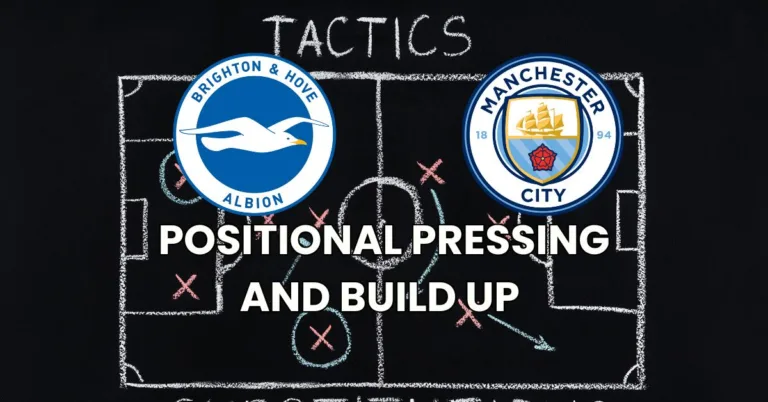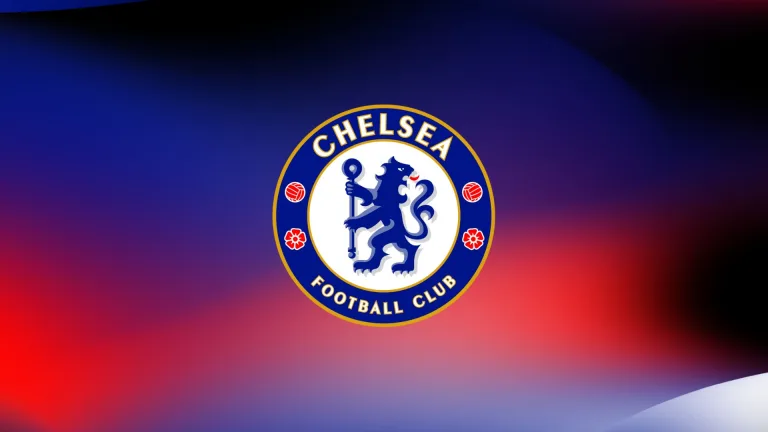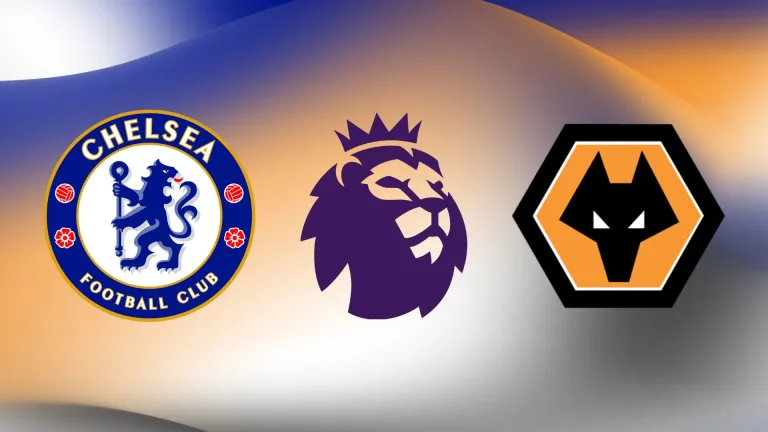Manchester United vs. Tottenham (0-3): Tactical Analysis of Postecoglou’s Masterclass
Manchester United suffers another 3-0 defeat at home, this time against Tottenham. Ange Postecoglu’s team exploited the spaces left by United to secure a convenient victory.
Brennan Johnson opened the score early after an impressive sprint by Micky van de Ven. The defender cut open the entire Manchester United defense, driving the ball uncontested with incredible speed. He produced a cutback that left Johnson right in front of an open goal. A harsh send-off for United’s captain Bruno Fernandes made things even more complicated for The Red Devils. Kulusevski doubled Tottenham’s advantage just after the break and Solanke cemented the victory in the 77th minute.
Here are the main talking points:
Ange Postecoglou’s Pressing Masterclass Means Trouble
Erik ten Hag started United’s build up from the back with Dalot and Mazraoui pushed up high, which left Matthijs de Ligt and Lisandro Martinez as the back two. Tottenham deployed a man-to-man marking scheme at midfield, with Manuel Ugarte, Kobbie Mainoo and Bruno Fernandes marked. Dejan Kulusevski, Rodrigo Bettancour and James Maddison closely followed United’s midfield three.
Dominic Solanke had a very important role, which he executed perfectly. He marked both centre backs at the same time by curving his runs to first deny the lateral pass and then apply pressure. When the center-back passed to Onana, Solanke made the same curved run to press Onana and block the return pass.
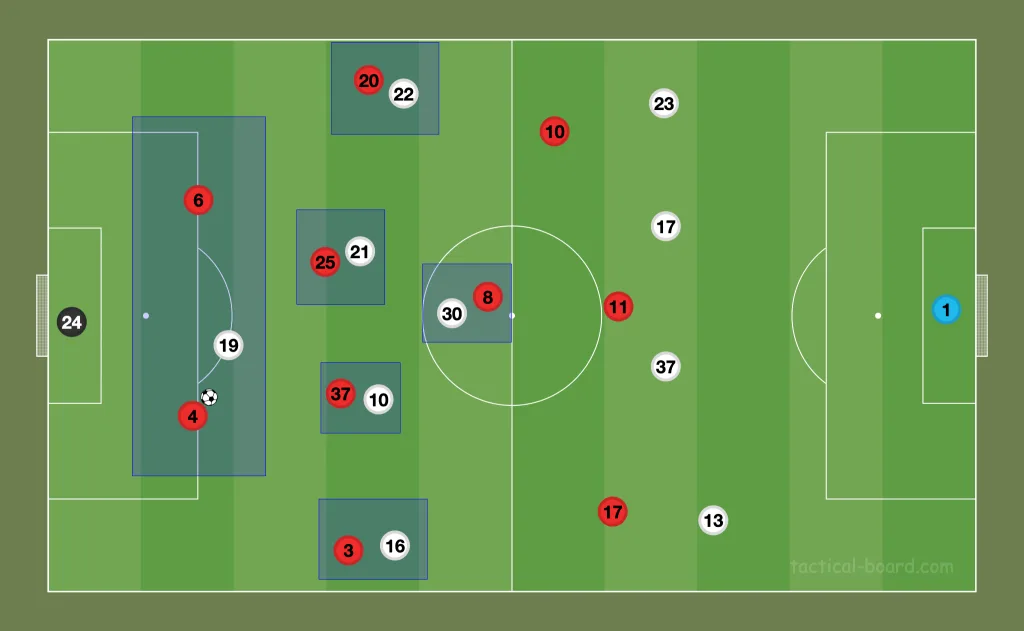
So how did Manchester United deal with this? They tried complicated passes to get out of the press when Tottenham were crowding them on one side of the pitch. This led to turnovers and generated dangerous chances for Tottenham. Take, for example, the 6th minute of this game.
After a throw-in on the right side of the pitch, the ball reached Mazraoui on the other side. Destiny Udogie was closely marking Alejandro Garnacho. Timo Werner was applying pressure on Mazraoui, Solanke was marking de Ligt and James Maddison was closing in on Ugarte. So when Mazraoui tried the central pass to Ugarte, Maddison intercepted it at the edge of the box, sending it centrally to Solanke. Fortunately for Onana, he hesitated to shoot and nothing happened. But Manchester United lost possession in their own defensive half 28 times in the first 45 minutes of the game.
Was Bruno Fernandes’ Red Card Too Tough?
By the end of the first half, the hosts were struggling. Tottenham outplayed them, limiting their chances. United generated a xG of just 0,34 and sent just 3 shots, compared to Tottenham’s 12 shots. The visitors dominated in both possession, control and chances.
In the 42nd minute, Bruno Fernandes, on the right wing, found Kobbie Mainoo, who misplaced a pass and conceded possession. Then, as the ball found Maddison, Bruno Fernandes tried to contest him, but as he slipped, he still committed to the tackle. With his boot up high, he hit James Maddison just above his shin pads. Chris Kavanagh pulled up the red card.
Nobody contests it was a foul. That was clear. And nobody contests the foul was harsh. That was clear as well. But it was not a foul that was worthy of a straight red card. This is nothing new for referee Chris Kavanagh, as he was the author of Declan Rice’s red card in the game against Brighton. So with sending off Bruno Fernandes, Kavangh adds another entry to his weird decisions list.
Manchester United’s Terrible Transitions
Transitions are one of the biggest weak points of Erik ten Hag’s structure. Out of three goals, two of them came from counterattacking situations. United has a very offensive mentality, which leaves their midfielders and some defenders in difficult situations when they have to counter press and fall back. And despite this offensive approach, United scored only 5 goals in 6 games this season.
Tottenham’s early goal exemplifies this problem. Micky Van de Ven intercepted a first touch that was too strong and, with his speed, bypassed two of United’s front men that could counter press. This leaves loads of space on the left wing, as Garnacho was coming infield and Rashford’s momentum made it impossible for him to turn.
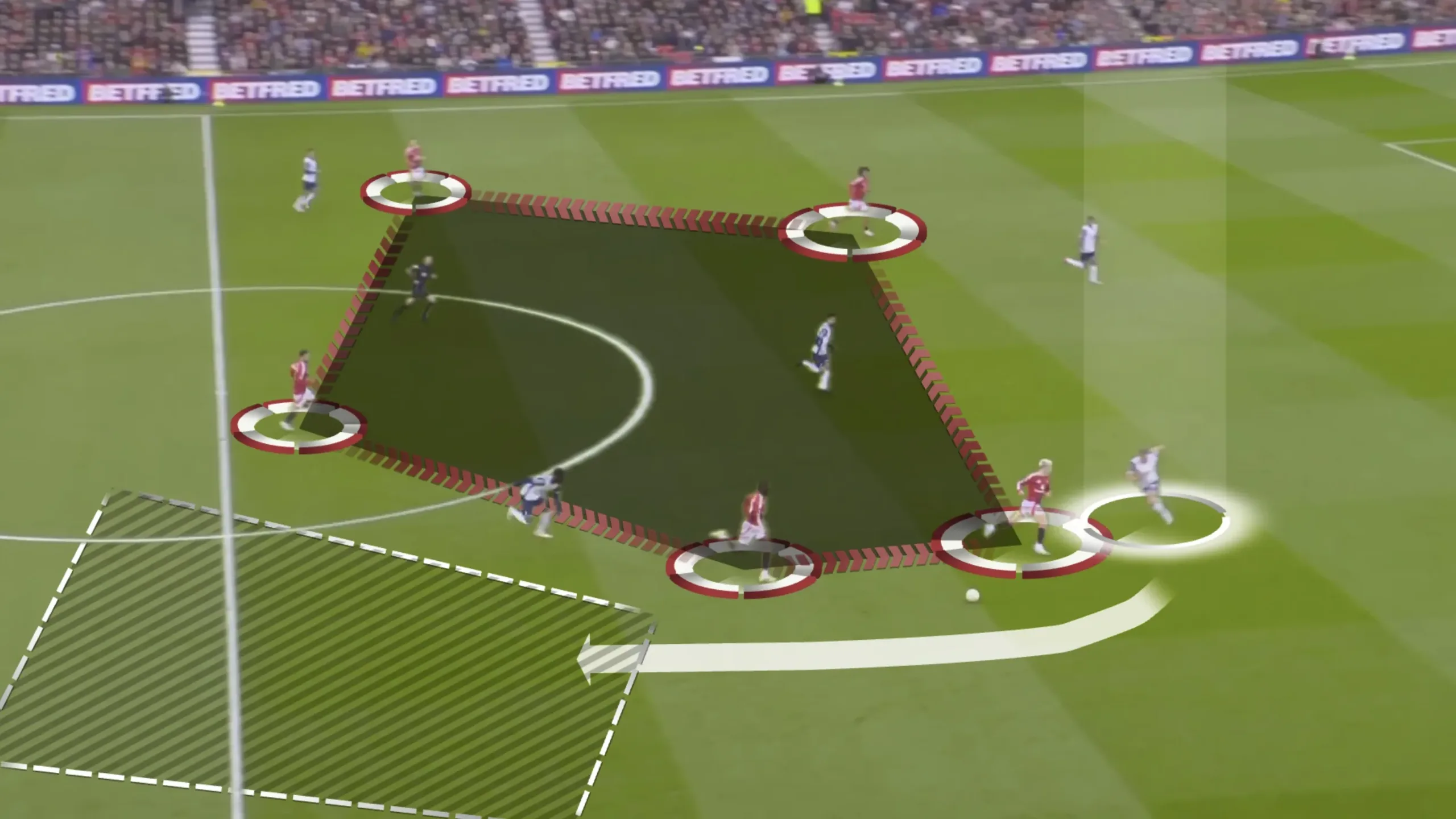
Then Van de Ven used his incredible speed and there was no one to intercept him as Solanke was pinning the two centre backs and Mazraoui tracked Timo Werner on that wing. So Van de Ven could exploit the space in front of him without being contested.
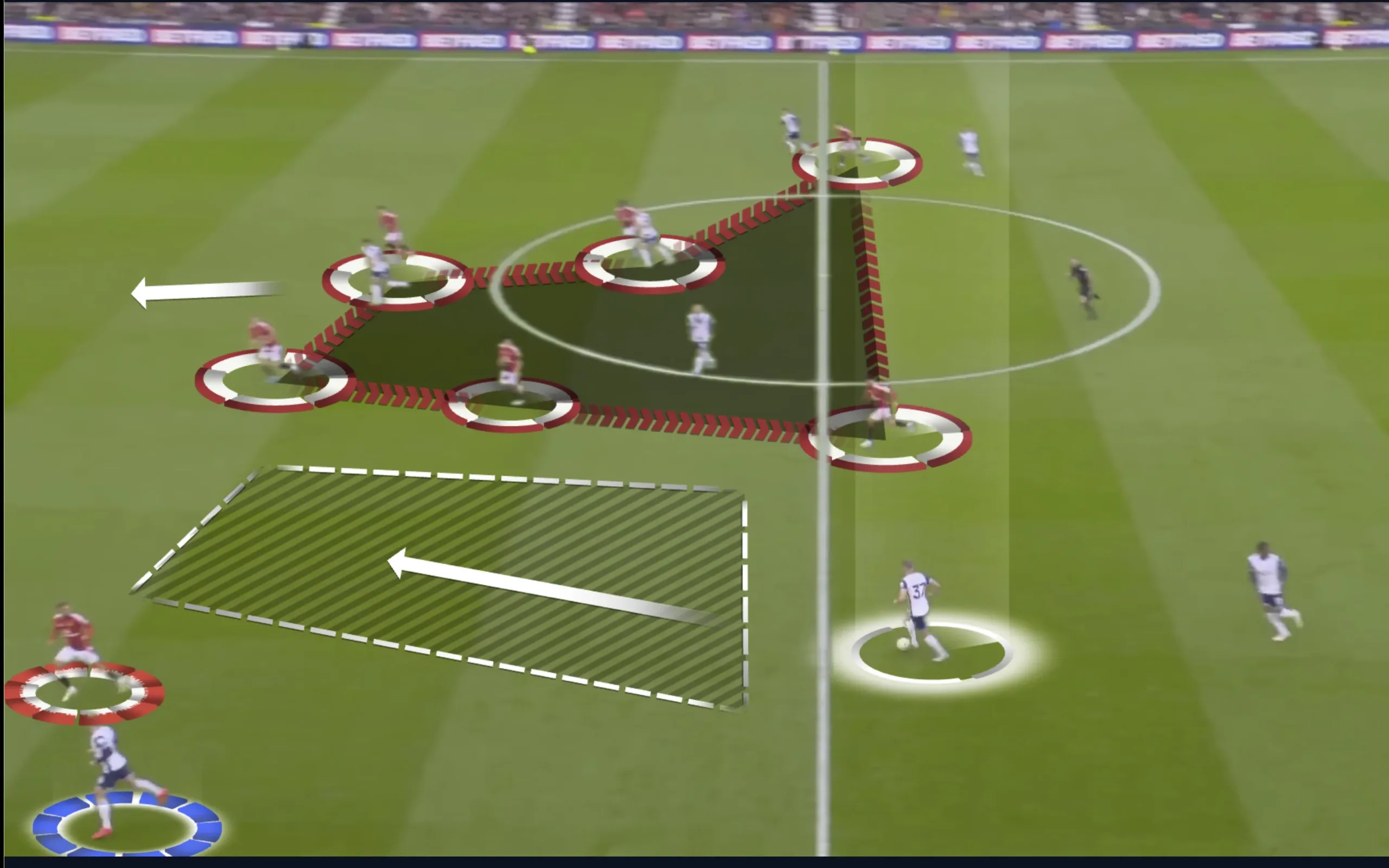
He continued his run until the edge of the box, as Mazraoui dropped Timo Werner to contest the run. The entire Manchester United defense collapsed on the left wing. This leaves acres of space on the right for Brennan Johnson. Van de Ven produced a perfect low cross and Johnson had a straightforward job, just tapping it into the net.
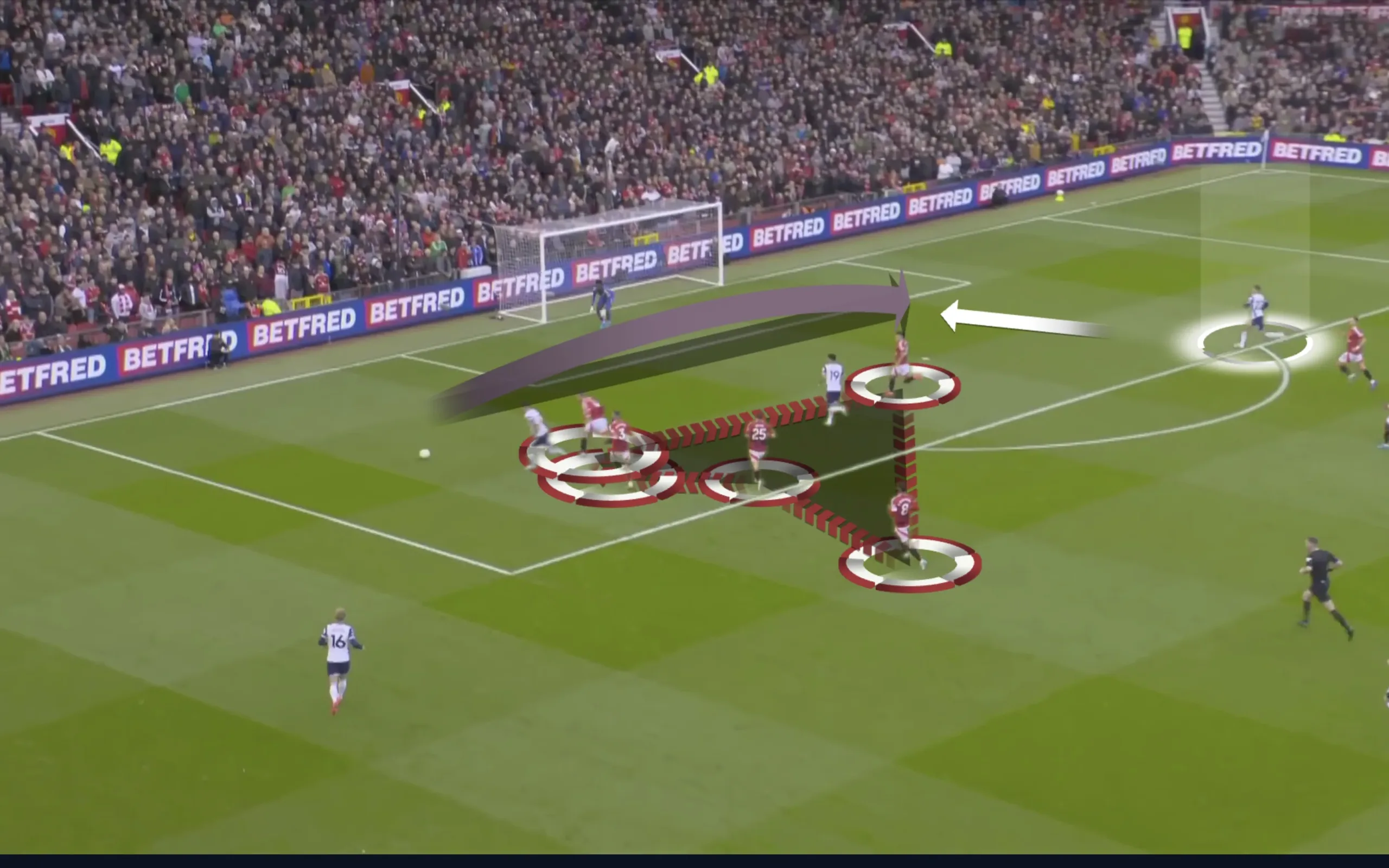
Tottenham Overloading the Midfield
Another tactical motif of this game for Tottenham was their midfield overload. Alejandro Garnacho and Marcus Rashford pushed up high, with Garnacho being the spearhead of United’s offense. With both pushing and neither fullback inverting, the midfield is left weak with only two or three players.
If we look at Manchester’s United pass map and average position, we see just that. Bruno Fernandes and Kobbie Mainoo are in midfield, and helped by Zirkzee, who sometimes dropped deep.
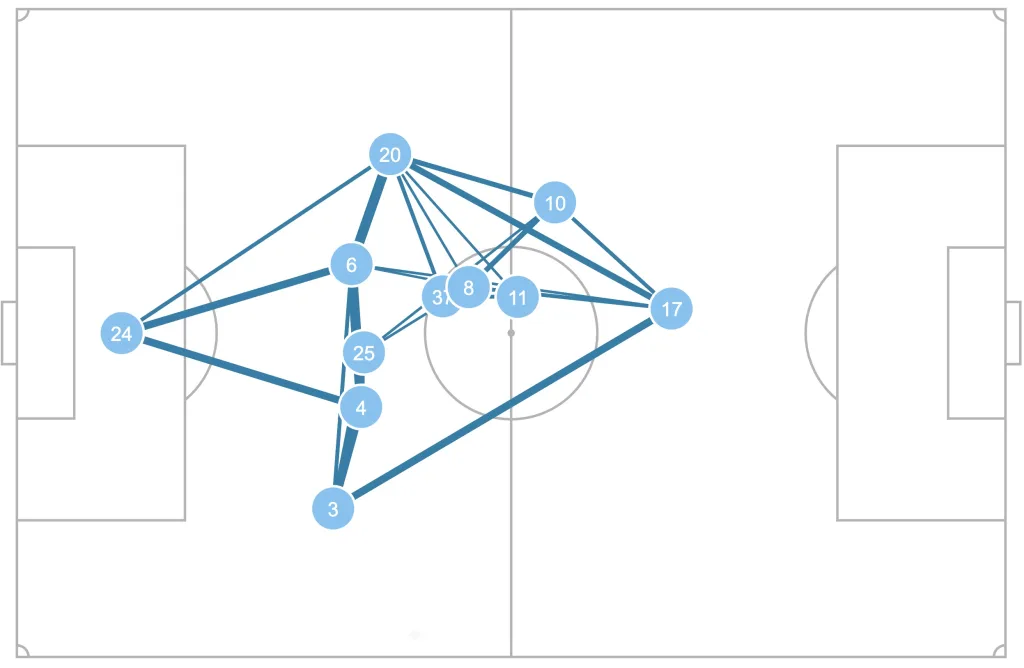
So how did Erik ten Hag try to solve this problem? By defending narrow in the midfield, with Garnacho and Rashford coming in narrow to create a more solid shape. Look at Garnacho’s and Rashford’s defensive actions. Most of them were in midfield and narrow, in the half spaces.

But, for every change, there is another one to be made. Postecoglou kept his wingers wide to stretch this defensive shape, and either Pedro Porro or Destiny Udogie came in narrow, attacking the half spaces in midfield to keep that overload in place. With Udogie and Pedro Porro advancing in midfield, Maddison and Kulusevski were comfortable dropping during build up play to control and dictate the play.
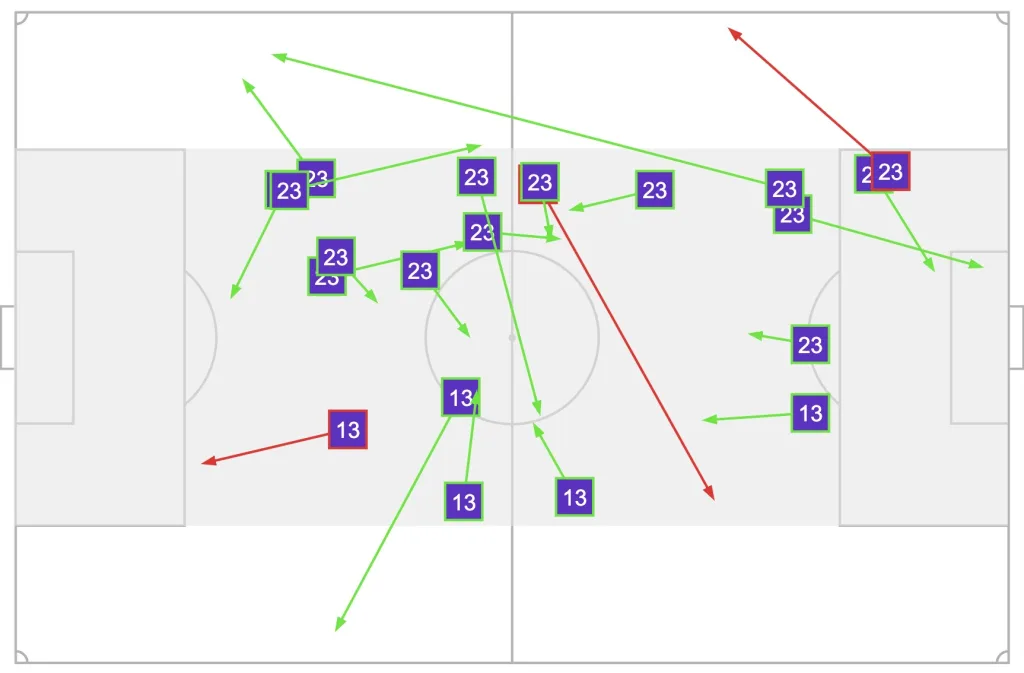
Kulusevski had an amazing game. Apart from scoring, he created many chances. Out of his 38 passes, 9 of them were key passes, and he misplaced the ball only four times. That is an impressive percentage of high quality passes, which generated an expected assist (xA) of 0,39.
Conclusions
Things are not looking well for United. Tottenham’s victory comes after another similar defeat at home against Liverpool and a draw against Twente in the Europa League. United has been poor at defending transitions, and rivals are exploiting this aspect well. Erik ten Hag’s stubbornness to adapt his play and tone down a bit the all-out offensive approach, which failed to produce results is one frustrating aspect for the fans.
Tottenham has continued their trend of wins against United, with this being their fourth consecutive win against The Red Devils, their longest run since 2014. They displayed aggressiveness and quality in their game and brought home three well-deserved points.


